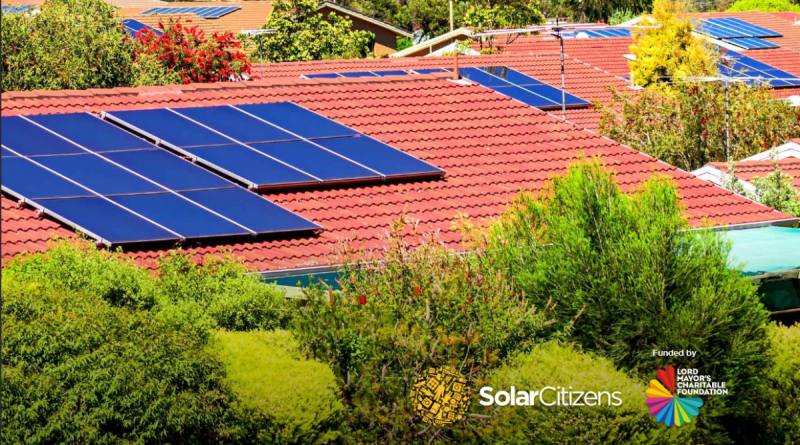
That solar power is a plaything for the rich is a myth that has been busted time and again, but it never hurts to have a fresh reminder given the furphy still regularly pops up.
A report released yesterday by Solar Citizens was based on the analysis of more than 10,000 electricity bills from households in New South Wales, Queensland, South Australia and Victoria; including more than 2,000 from households with solar panels installed.
Among the findings:
Buying Less Electricity, But Using More
While households with rooftop solar power installations buy approximately nine percent less mains-grid electricity than households without panels, these households use around a quarter more electricity on average than households without PV. It would have been interesting to see a breakdown of system sizes among the 2,000 households with PV. It’s quite possible many of those had comparatively smaller systems – these days many going solar are opting for systems with capacities of 5kW, 6kW or even more.
Solar Households Pay More For Mains Electricity
No surprises here – solar households tend to pay more for mains-grid supplied electricity per-unit than those without panels. It’s important for solar households to compare energy deals and be aware that a generous solar feed in tariff does not necessarily equate to the best overall plan for their circumstances.
Electricity Retailers Getting Cheap Power
Around a third of households with PV in all states sell their exported electricity to their electricity retailers at a rate lower than what it would cost the retailers to buy that electricity in spot markets.
Solar Uptake More Prevalent Among Battlers
Rooftop solar PV uptake is proportionately more common among middle and lower socio-economic households compared to those in higher socio-economic brackets. In fact, it is proportionately the highest in the lowest socio-economic decile and lowest in the highest socio-economic decile. It is also more prevalent on the rooftops of less valuable houses.
Solar Power Benefits All
Solar Citizens National Director Joseph Scales says the report’s findings also address another often-made claim – that those without solar power are subsidising those that do have it.
“The analysis shows that households exporting power back to the grid are in effect subsidising the energy bills of those without panels by providing low-cost energy to the network,” he said.
This low-cost energy is being provided at what was previously the time of the day when there was high mains grid demand; i.e. it’s high value electricity.
While the costs of the subsidy initially received by PV owners needs to be taken into account, contrary to some recent claims based on some very dodgy numbers, this only add around 1% to household electricity bills. There are also other benefits that have a dollar value – such as solar power’s effect of reining in wholesale prices, a reduction in energy related emissions (and other health/environmental impacts when comparing to coal) and transmission costs.
The full report, prepared by written by Associate Professor Dr Bruce Mountain and Dr Asli Kars from the Victoria Energy Policy Centre, can be viewed in full here and Solar Citizens’ summary here.
“The findings of part two of Australia’s Rooftop Real Estate report demonstrate that all energy consumers stand to benefit from increased uptake of distributed solar PV—especially low-income households,” states Solar Citizens.
Part one of the report was released in December last year. It indicated there is enough suitable residential rooftop space in Australia to host 43GW to 61GW of solar PV capacity. According to the latest information from Australia’s Clean Energy Regulator, more than 8.14 GW of small-scale (<100kW) capacity had been installed across Australia by the end of January this year.

 RSS - Posts
RSS - Posts



Great insights, Michael! The report really clears up the myth that solar is only for the wealthy—it’s encouraging to see how much uptake there is among middle and lower-income households. I also found the point about exported solar actually helping to lower costs for non-solar households very powerful. For readers in Pakistan looking to understand or manage their electricity usage better, Get LESCO Bill is a helpful tool for checking bills online.